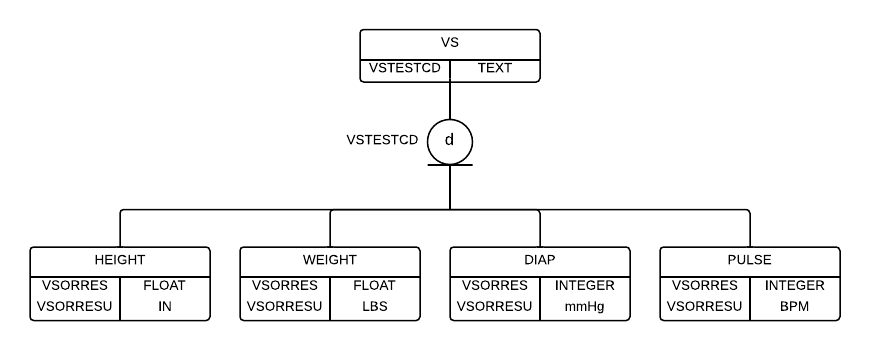May / June SHARE Update
During May and June the SHARE team has been busy on a number of fronts. In June we plan to begin beta testing the eSHARE site for machine-readable downloads of the CDISC standards. The eSHARE site will be part of the new CDISC web site that will be launched in June. The SHARE team has also been actively designing new forms of standards content for SHARE, including Research Concepts and explicit Value Level Metadata representations. A white paper describing our initial solution for Research Concepts will be distributed for review in June. Also during June we plan to complete an initial proof-of-concept project towards a long-term Research Concept solution. Value Level Metadata (VLM) blog postings started in May and will continue through June. We plan to publish a white paper describing how VLM content will be represented in SHARE, and exported in Define-XML format, later in the summer. The SHARE Metadata Curators continue their work with the foundational standards teams to lo...
